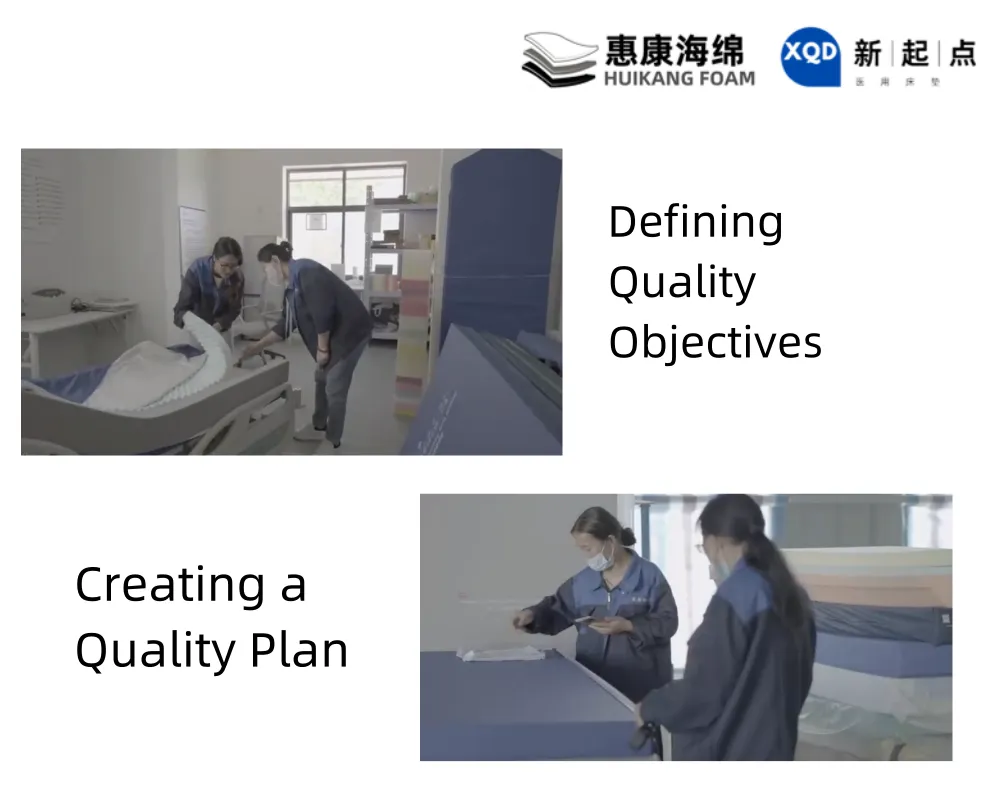Factors Influencing the Cost of Hospital Mattresses for Healthcare Facilities
The Importance of Hospital Mattress Pricing and Selection
In the healthcare sector, patient comfort and safety are critical to successful treatment outcomes. One of the crucial components of patient care that often goes overlooked is the mattress used in hospital beds. Hospital mattresses play a vital role in supporting patients during their recovery, and understanding their pricing is essential for healthcare facilities aiming to balance cost-effectiveness with quality care.
Understanding Hospital Mattress Types
Before delving into the pricing aspect, it's important to consider the various types of hospital mattresses available on the market. The most common types include foam mattresses, gel mattresses, air mattresses, and specialized pressure-relieving mattresses. Each of these has distinct characteristics and varying price points.
1. Foam Mattresses These are the most basic types and typically the most affordable. Foam mattresses offer adequate support for patients who are not at high risk for pressure ulcers. Prices can range from $100 to $500, depending on the thickness and density of the foam.
2. Gel Mattresses To enhance comfort and assist with temperature regulation, gel mattresses incorporate gel layers. These are slightly more expensive, typically ranging from $400 to $800. Their enhanced comfort features make them a popular choice for many facilities.
3. Air Mattresses Air-filled mattresses are adjustable and can be fine-tuned to provide better support for patients with varying needs. These can be considerably pricier, starting around $500 and reaching up to $2,500, depending on the complexity of the system.
4. Specialized Pressure-Relieving Mattresses Designed specifically for high-risk patients, these mattresses are equipped with advanced technologies to minimize pressure points and prevent bedsores. Prices for these mattresses can go from $800 to over $3,000 based on features like alternating pressure and multi-zoned support.
Factors Affecting Hospital Mattress Pricing
The price of hospital mattresses can be influenced by several factors, including materials used, technology incorporated, brand reputation, and warranty offerings.
hospital mattress price

- Material Quality Higher-quality materials, such as memory foam or advanced polymer, usually come with a higher price tag. Investing in better materials can lead to enhanced durability and comfort, ultimately benefiting patient care.
- Technological Features Mattresses with built-in pressure-relieving technologies are often more expensive because they require advanced manufacturing processes and expertise. However, these features can reduce the incidence of pressure ulcers, potentially saving healthcare facilities money in the long run.
- Brand Recognition Established brands that are known for their quality often command higher prices due to their reputation. While these brands may be more expensive, they frequently come with better service and support, which can be crucial in healthcare settings.
- Warranty and Service Agreements A mattress with a comprehensive warranty may cost more initially but can save on replacement and repair costs in the long run. It’s essential for healthcare facilities to consider the total cost of ownership when evaluating mattress options.
The Balance Between Cost and Care
While pricing is a significant consideration, it is essential for healthcare facilities to strike a balance between cost and quality. Choosing a low-cost mattress may save money initially, but if it does not meet patient needs or has a short lifespan, it may ultimately lead to increased costs for hospital management through patient complications and negative outcomes.
Additionally, the comfort and satisfaction of patients can directly impact their recovery. A patient who is comfortable and well-supported is likely to experience reduced stress and better overall health outcomes.
Conclusion
In conclusion, understanding hospital mattress pricing is crucial for healthcare facilities striving to provide optimal patient care while managing budgets. By considering various mattress types, their respective price ranges, and factors influencing costs, healthcare administrators can make informed decisions that balance financial constraints with the necessity of providing safe, effective, and comfortable care for their patients. Investing in the right hospital mattresses not only supports patient health but also enhances the overall quality of the healthcare experience.
-
The Effect of Coconut Foam Mattress Breathability and Humidity Regulation on Improving Sleep QualityNewsJul.03,2025
-
How Wave Mattress Systems Improve Blood Circulation During ImmobilityNewsJul.03,2025
-
The Climate-Adaptive Sleep Revolution: Exploring the Benefits of Cooling Gel Memory Foam MattressesNewsJul.03,2025
-
Exploration of the Role of Coconut Foam Mattress in Preventing Bedsores in the ElderlyNewsJul.03,2025
-
Comparing Wave Mattress and Air Mattress: Which Is Better for Medical Use?NewsJul.03,2025
-
Analysis of Comfort and Environmental Performance of Natural Latex and Coconut Foam MattressNewsJul.03,2025
-
Multi-Layer Construction for Enhanced Performance in Gel Mattress PadNewsJun.24,2025

